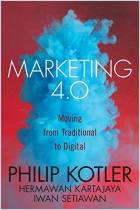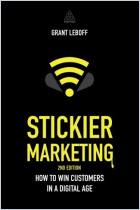Join getAbstract to access the summary!

Join getAbstract to access the summary!
Faris Yakob
Paid Attention
Innovative Advertising for a Digital World
Kogan Page, 2015
What's inside?
Advertising in the new digital reality must go beyond technology to create interactive relationships. Easier said than done.
Recommendation
Speaking from the knowledgeable perspective of an industry insider, ad agency innovator Faris Yakob addresses how the digital age radically transforms advertising. He considers the historical purpose and drive behind advertising, and provides contemporary case studies with practical analyses of how companies can navigate multimedia platforms and changing consumer relationships. He details how agencies must change to remain relevant. Agencies can outsource advertisement production and media placement, so those skills are no longer necessary core competencies, but creativity is. Therefore, advertising professionals have an advantage over other business consultants, because advertising has always found creative solutions to business problems. The toolkits in the final section of Yakob’s manual provide specific steps for shaking up your marketing and strategic thinking. getAbstract recommends this forward-looking guide to agency planners, marketing strategists, advertising executives and corporate ad buyers.
Summary
About the Author
A former chief technology strategist at McCann Erickson, Faris Yakob founded the agency Genius Steals and writes for Forbes, Advertising Age, Financial Times and Media Week.




















Comment on this summary